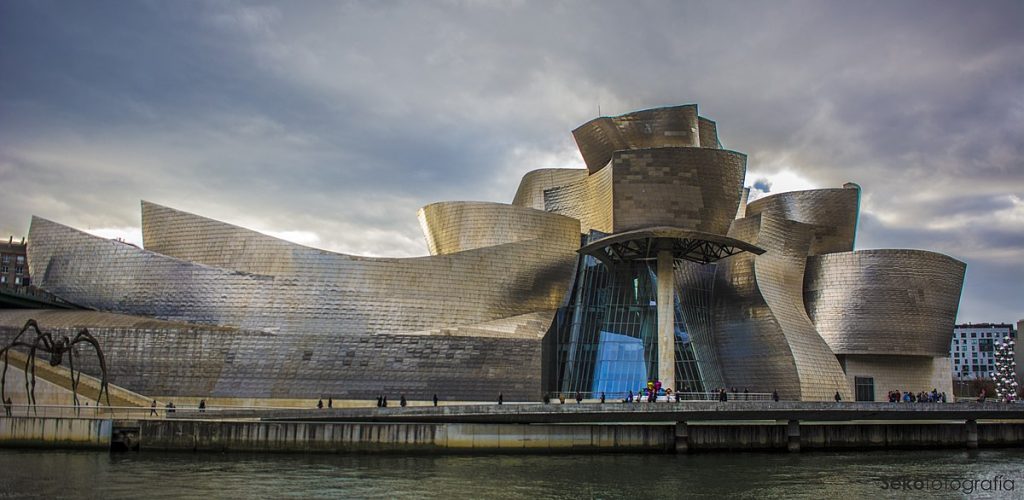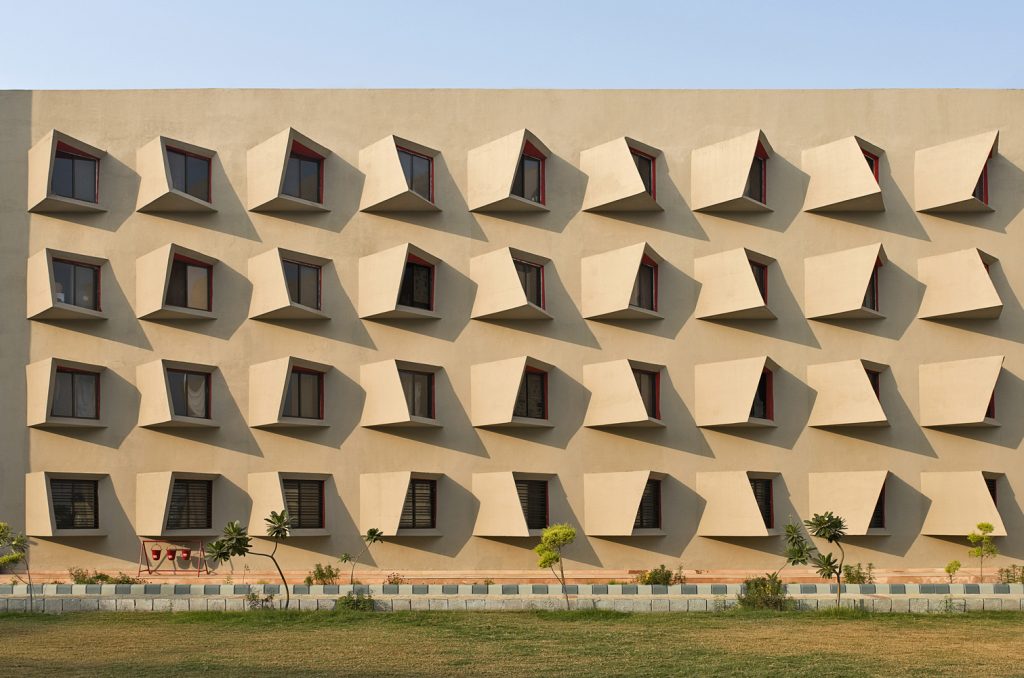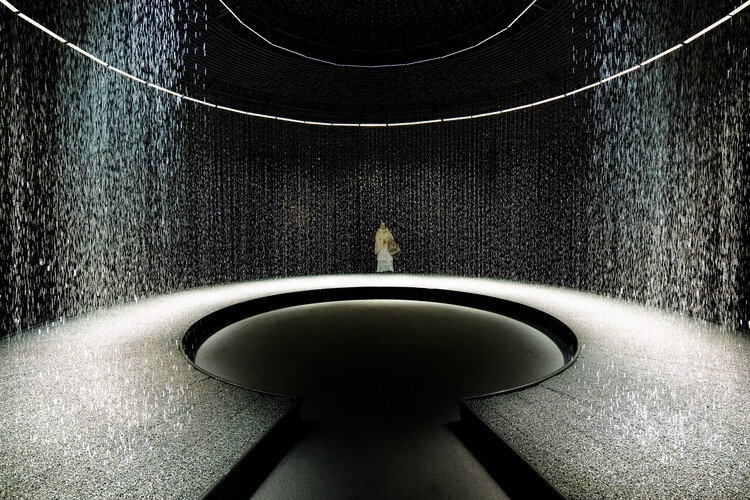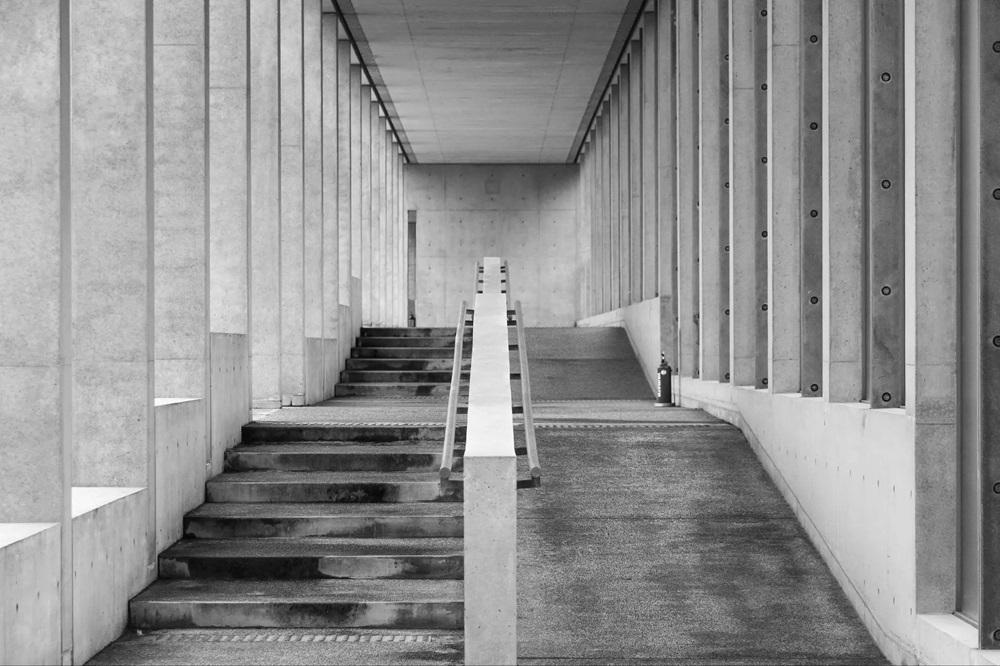Evolution of the Green Roofs in Modern Architecture: A Global Perspective
Green roofs were once constructed as earthen mounds or cave-like buildings covered in vegetation. They were used for agriculture, residential use, and ritualistic purposes. These primitive green roofs provide summer cooling, winter insulation, and shelter from the weather. But their lack of wildlife deterrents and waterproofing made them unsuitable for modern conveniences. Since then, green […]
Evolution of the Green Roofs in Modern Architecture: A Global Perspective Read More »











